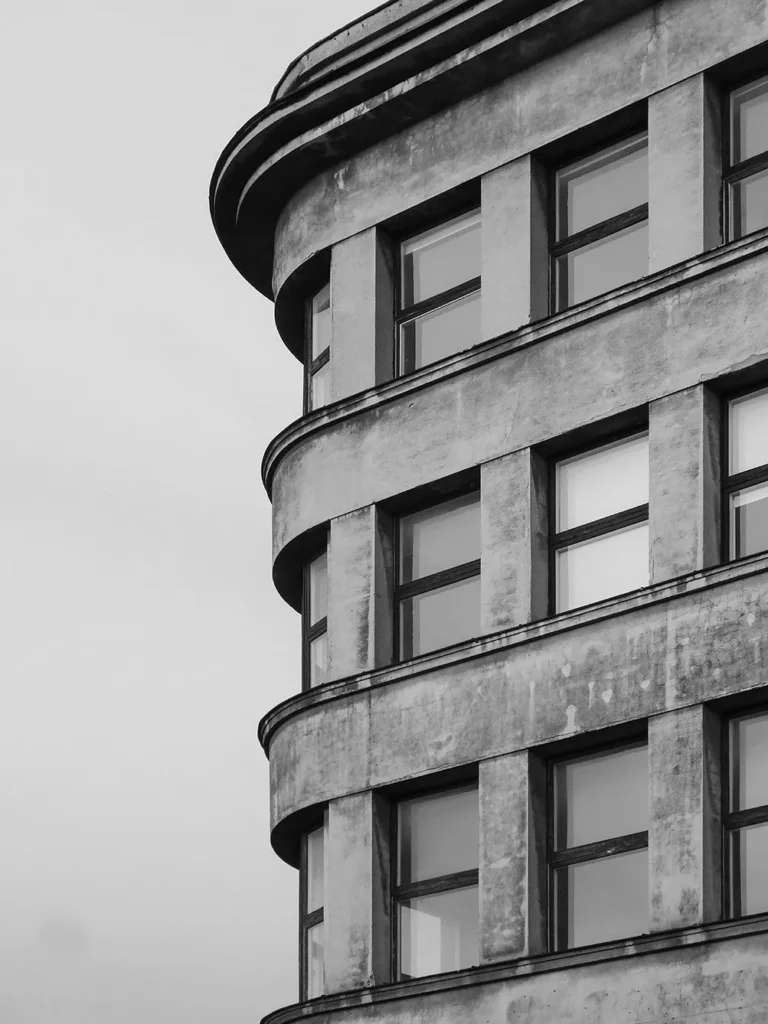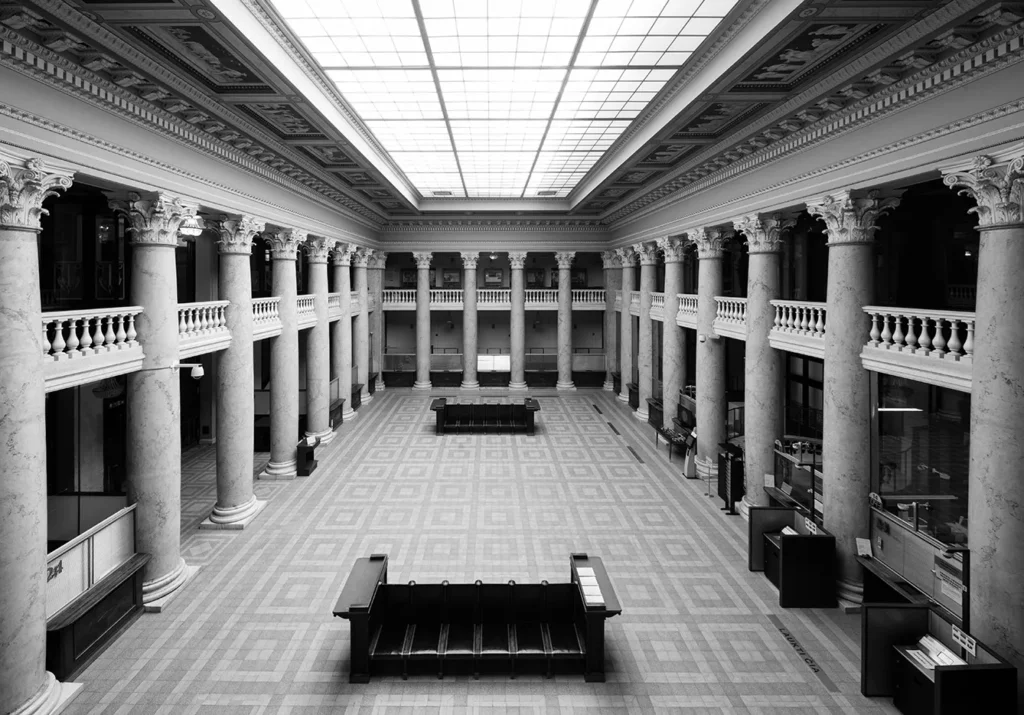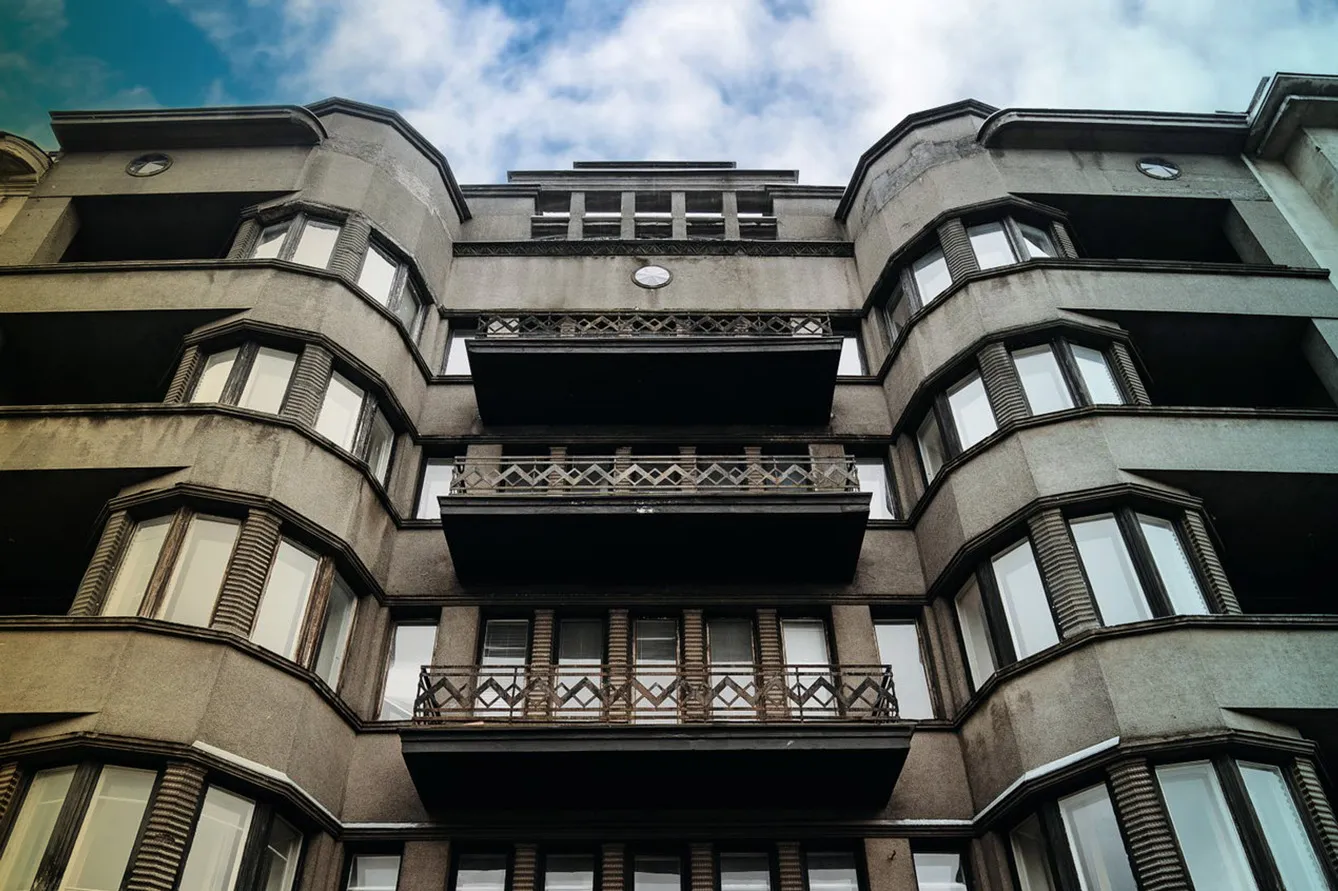If one were to compare Kaunas at the beginning and mid of 20th century, the difference would be massive. In 1918, Kaunas was just a quiet town, a province of the massive Russian Empire with around 18,000 inhabitants. But by 1939, the city had already reached a population of 154,000. How did it happen?
The provisional capital

Although in 1918, the founders of the newly proclaimed Republic of Lithuania declared Vilnius their capital, a year later, military conflict with Poland forced the Lithuanian government to relocate quickly to the second-largest city. Kaunas became a provisional capital, which enabled the city’s radical transformation.
Even with the rightful capital taken, there was no shortage of optimism in the newly founded Republic of Lithuania. The Republic fought independence wars with major regional powers for two years and successfully reclaimed its sovereignty. Lithuania became independent after 123 years under the rule of the Russian Empire, and the optimism regarding the state’s future was unprecedentedly high.
Kaunas became a symbol of that optimism. The city had to quickly transform itself into a representative and modern capital with all the attributes of the state – government buildings, embassies, and institutions of cultural as well as academic life. For that purpose, a unique style emerged that best expressed the ambitions and goals of a new state. Kaunas modernism combined two elements essential for this novel architecture – tradition embedded into modernity.






The “Romuva” movie theater; Bottom row, from left: Kaunas State Drama Theatre; Kaunas State Philharmonic Society; Kaunas Garrison Officers’ Club. Photos: Gintaras Česonis
Yet, in this particular style, the tradition was not undermined by modernity but rather became a complementary part of it. Through Art Deco, national components found their way into pure modern shapes. The traditional part of the style celebrated the pagan past as well as the Grand Duchy of Lithuania. It provided modern architecture with a rich spectrum of ethnographic and historical Art Deco elements. The modern counterpart, in turn, took the traditional elements and gave them a brand new look that expressed the values of democracy and the ambitions of a recently formed state. This new architecture was much bolder, more spacious, and more open than the old-fashioned one.
A fortified city
It also created a vast difference from what the people were used to. In the times of the Russian Empire, Kaunas was seen more as a citadel to deter possible German aggression. Consequently, between 1882 and 1915, nine fortresses were constructed around the city’s perimeter. In addition, all the buildings in Kaunas around that period of time could be no taller than two stories so as not to interfere with the foreseen firing trajectories. That made the city look no better than a dull and shabby province.
That is why becoming a capital was such an immense change for Kaunas. Over these twenty years, the city’s area increased sevenfold, the population eightfold, and as many as 10,000 new buildings were constructed, forming a brand new face of the city. To this day, it remains a source of inspiration for artists, architects, and visitors as it symbolizes the hopes and dreams of the newly founded state. Although this dream lasted only for twenty years, it continues to fascinate with its expression scope ranging from locally transformed Art Deco elements to even pagan gods engraved in a futuristic manner.







